A seemingly innocent puzzle game is hiding what might be the most subversive, fourth-wall-breaking adventure since Undertale
Void Stranger is a boundless puzzle-box in Game Boy disguise.
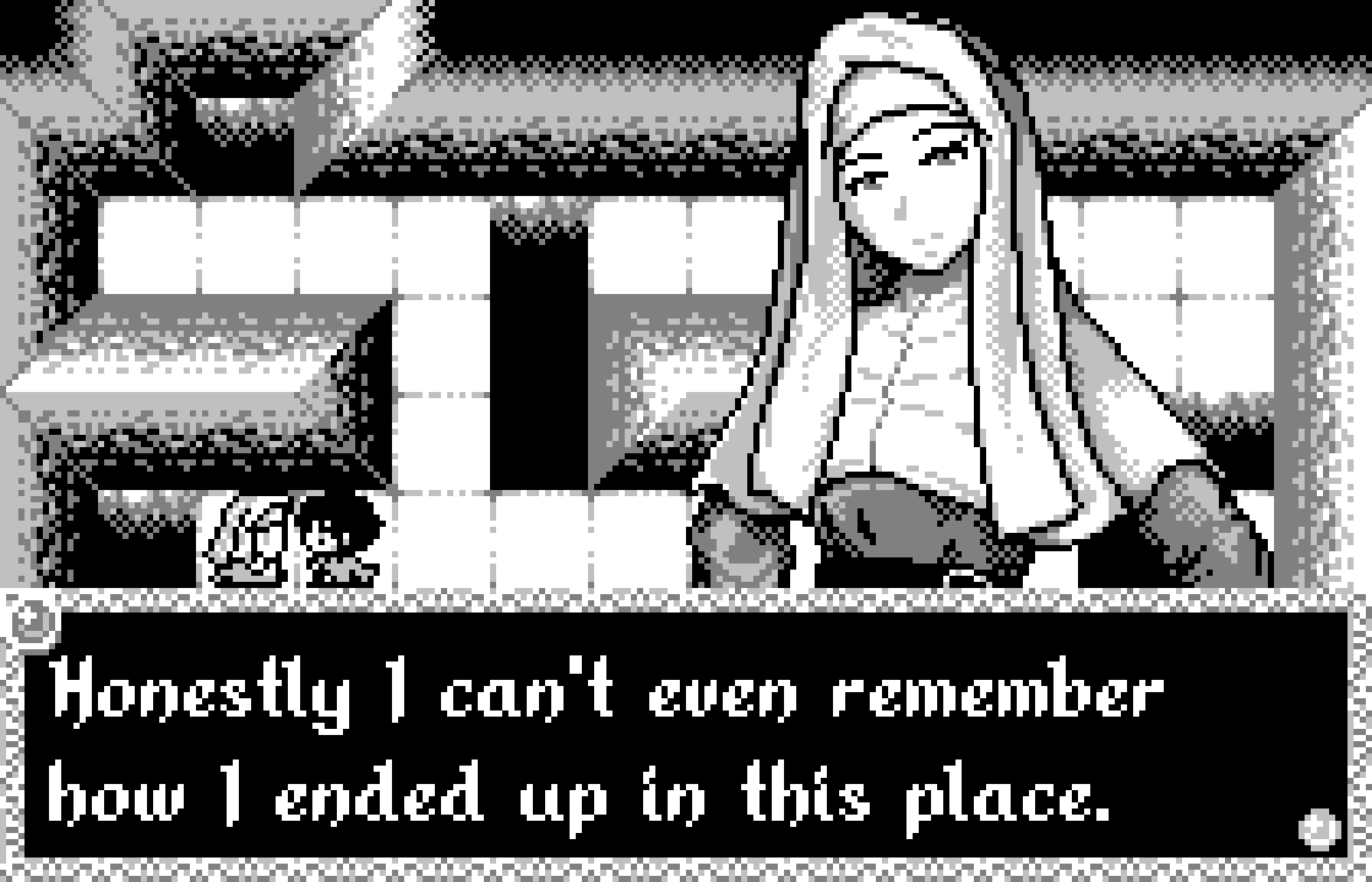
I never expected that Void Stranger, a monochrome, Game Boy-styled block puzzler become one of my favorite games of the year, especially after Baldur’s Gate 3 and Armored Core 6 captured my heart back-to-back, but here we are. It lured me in with its striking trailer and simple, accessible puzzle mechanics. My brain has never been built for puzzlers, but I’d enjoyed the studio’s previous game so much I put my money down and went in blind.
I am now 24 hours deep into a nightmare, and my GOTY list is one game longer.
The hundreds of block-pushing Sokoban-meets-Cave Noire puzzles in Void Stranger are just the surface layer of what I can only describe as a five-dimensional fractal puzzle box tesseract. Puzzles wrapped in mysteries, tied together with secrets, and the end is nowhere to be seen. Whenever I close my eyes, I see monochrome mazes. The last time I was this obsessed with a game, it was Deltarune’s second episode.
I guess that’s what I get for underestimating tiny Finnish indie studio System Erasure. They debuted in 2018 with ZeroRanger, a vertically scrolling shmup that is one of the best in its genre. Not just a finely tuned arcade game, it also featured a surprisingly gripping story, plenty of secrets and surprises and a truly spectacular hidden finale that I dare not spoil.
They brought all that energy and then some to Void Stranger, which has been in development for more than three years. Despite the radically different genre and even more minimalist aesthetic, it shares much of its vibe with ZeroRanger:
- Drum-tight design
- Stylish and well-illustrated cutscenes
- A fantastic soundtrack
- And a barrel-load of anime melodrama and existential ponderings.
I just didn’t expect a fathomless labyrinth that has driven me to create multiple documents packed with notes, screenshots, fevered theories and plans—something I’ve not done since playing the original La-Mulana. I am obsessed.
At heart, Void Stranger is a mechanically simple game with bite-sized levels. The goal of each single-screen challenge is simple; reach the stairway down to the next floor of the puzzle-dungeon. You can push some blocks around, but mostly you’ll be using a magic staff to relocate floor tiles to create new paths and prevent monsters from eating your face, carefully working around the limitation that each turn-based movement changes your directional facing, forcing careful routing.
Keep up to date with the most important stories and the best deals, as picked by the PC Gamer team.
Every couple dozen rooms it mixes things up with some new enemy or puzzle mechanic, gently introduced then slowly ramping up the complexity, but no puzzle takes more than a minute once you’ve worked out the solution.
Forgive any vagueness, but I don’t want to spoil the journey that you’ll be going on if you pick up Void Stranger. Just taken at this surface level, after six hours of play and nearly 150 levels I was happy with it, and felt I’d had my money’s worth. But it’s not long before I started seeing glimpses of Void Stranger’s true form. Several seemingly contradictory plot threads are dangled, just waiting to be connected. Puzzle elements with seemingly no purpose and rooms without intent kept cropping up, and all I could do was walk on by. Occasionally, Void Stranger even takes a break from being a turn-based puzzle game to throw me a little curveball. It was another six hours until I saw the ending.
An ending.

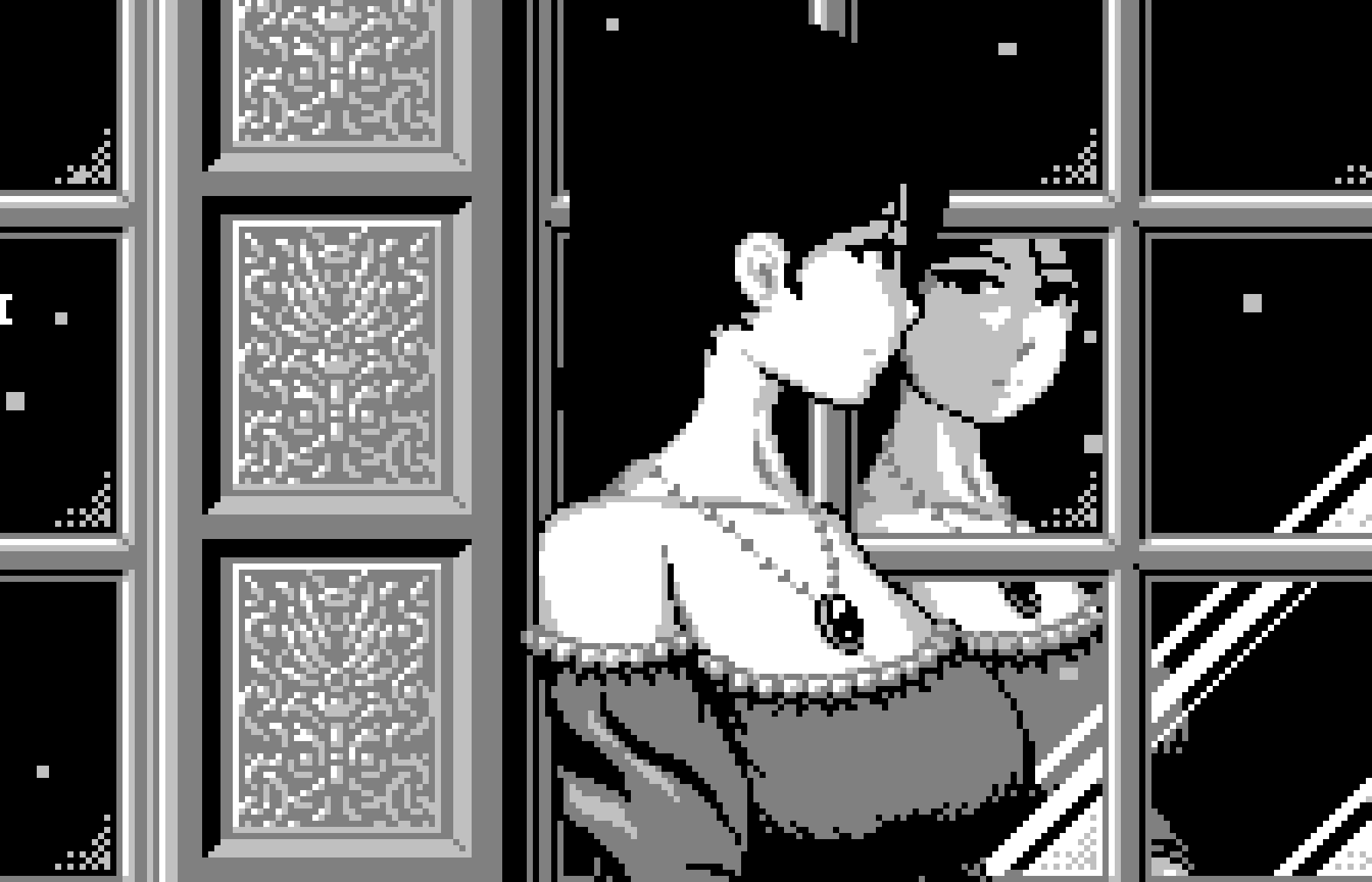
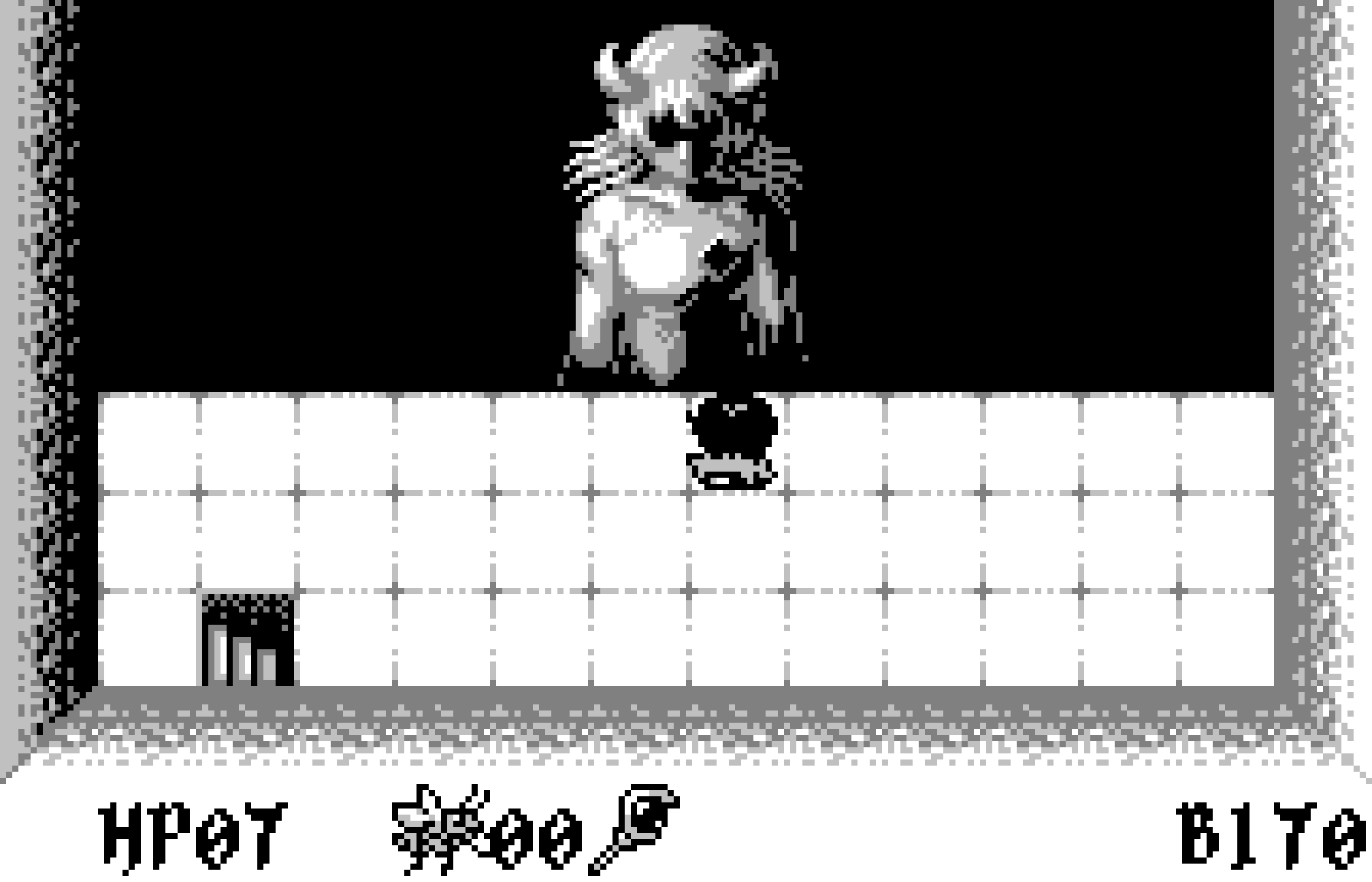
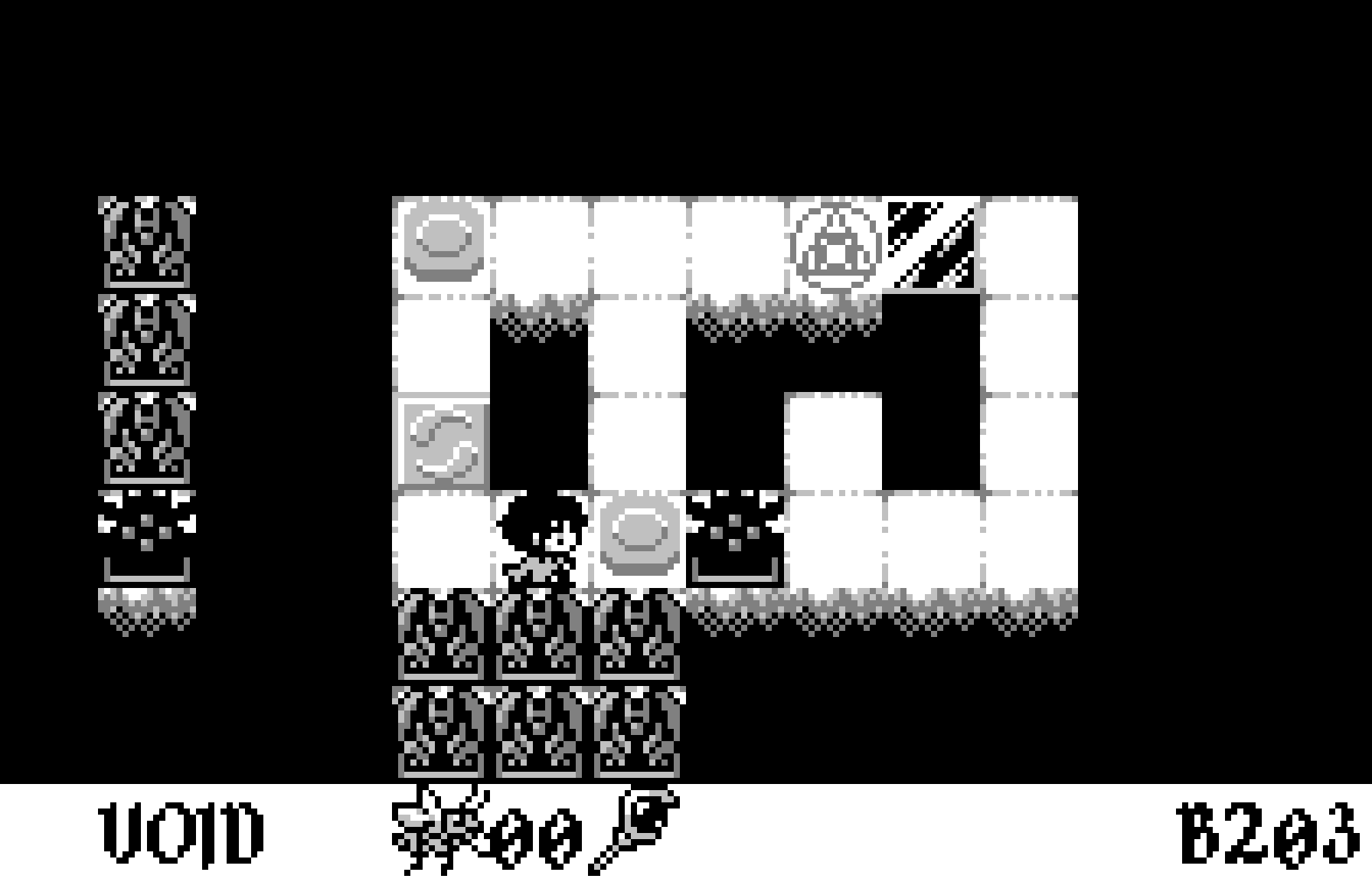
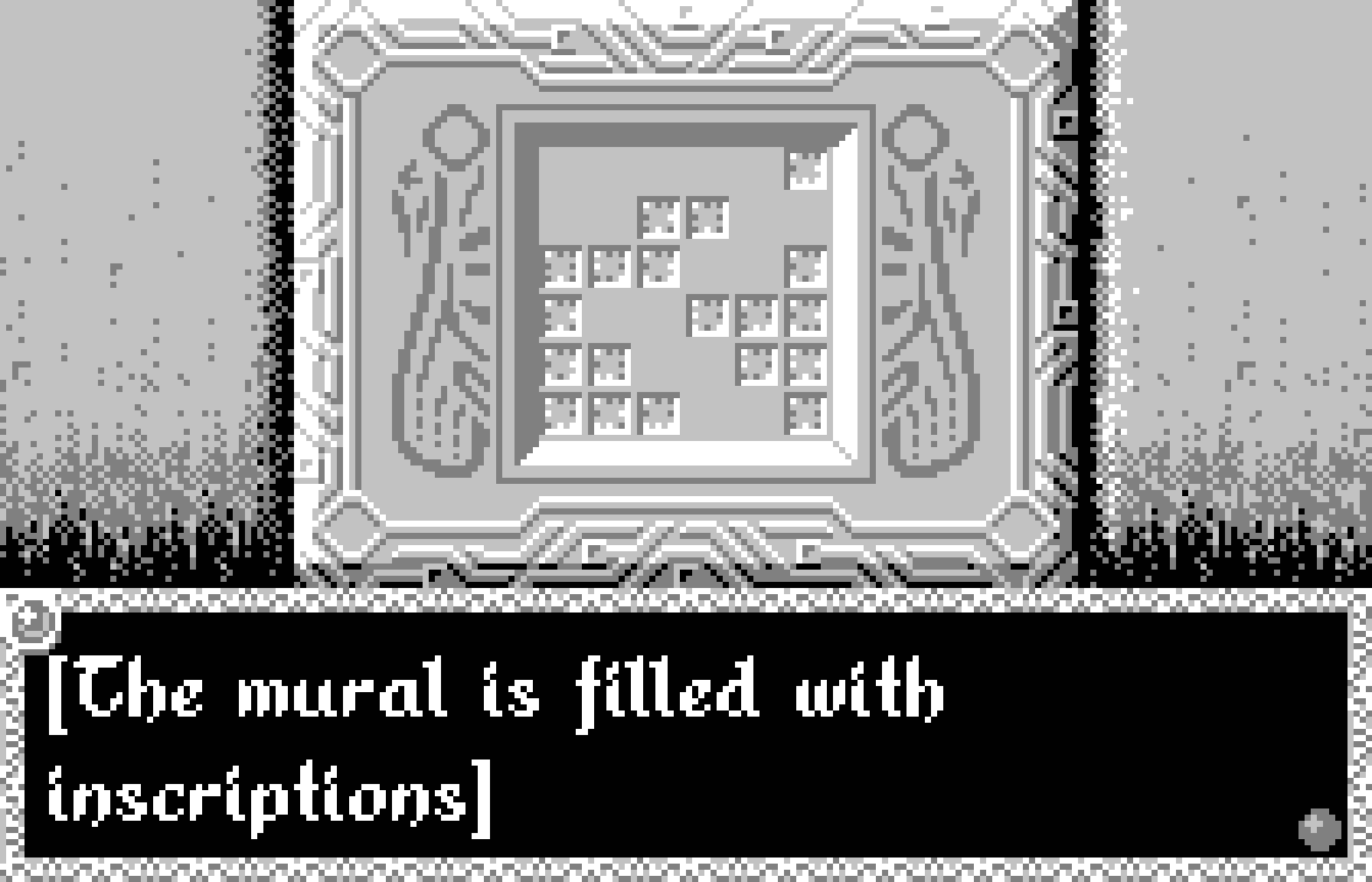
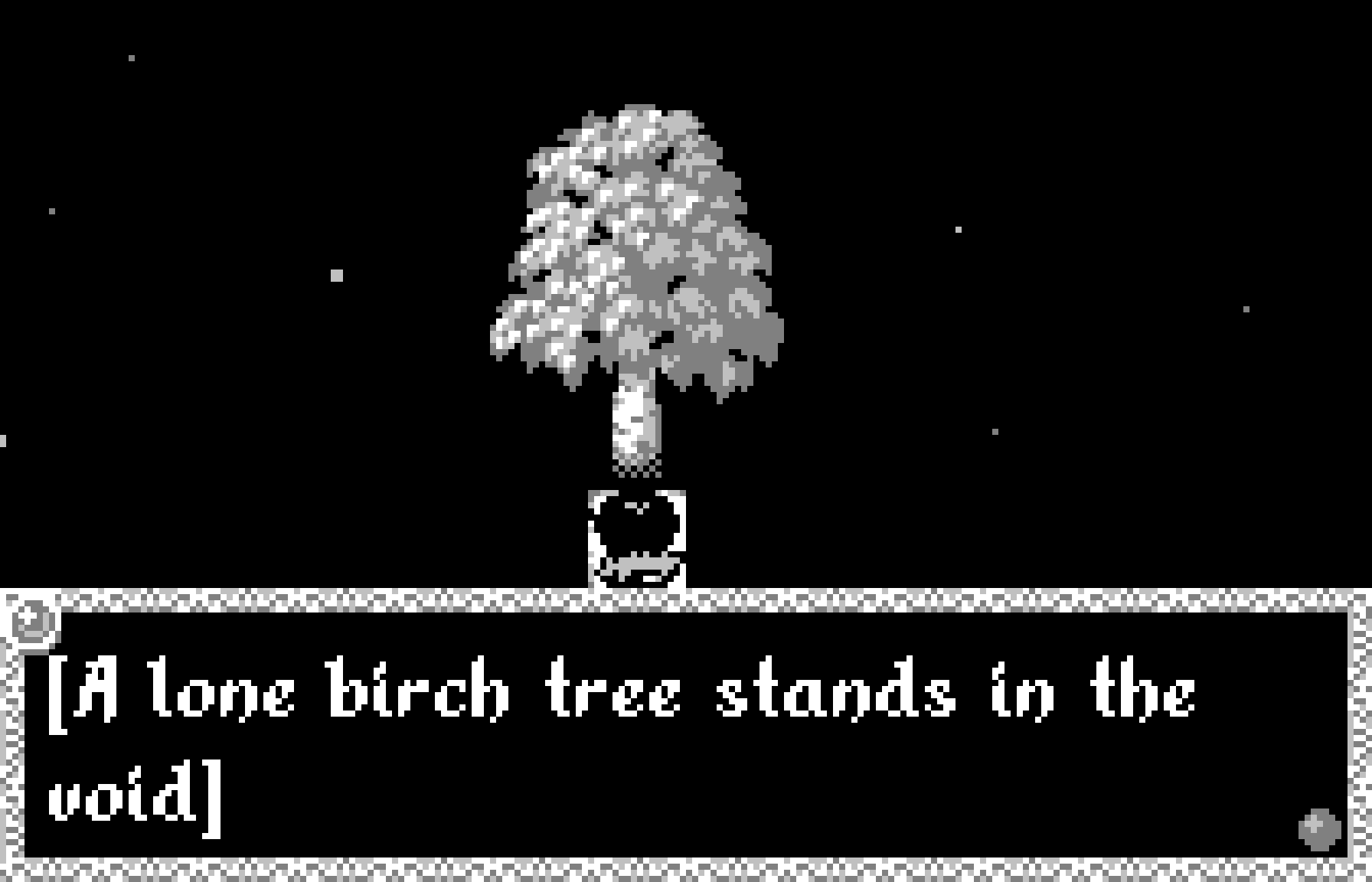


Probably the bad ending, leaving me with more questions than answers.
I loved it anyway—it was a mesmerizing sequence I’d hate to spoil. In Void Stranger failure is just part of the experience, both mechanically and narratively.
But there was obviously more to see, so I jumped back in. The next 12 hours are a haze of note-taking, experimentation and exploration. Knowledge from my first delve into the game opened up strange new possibilities and routes through earlier levels. Everything now seemed to hold some secondary meaning or purpose, and the game seemed to acknowledge and react to even my strangest behaviors. Somewhere around the 17-hour mark, I got my first quest. I still have no idea how to achieve it, but I at least have a goal to work towards.
It feels like every time I reach what I perceived to be the game’s furthest edges, it turns out there’s yet another abyss lurking just below. While I feel Void Stranger is best experienced going in blind, here’s a few secrets I am now aware of.
If you're spoiler-averse, skip all the text between the next two images.
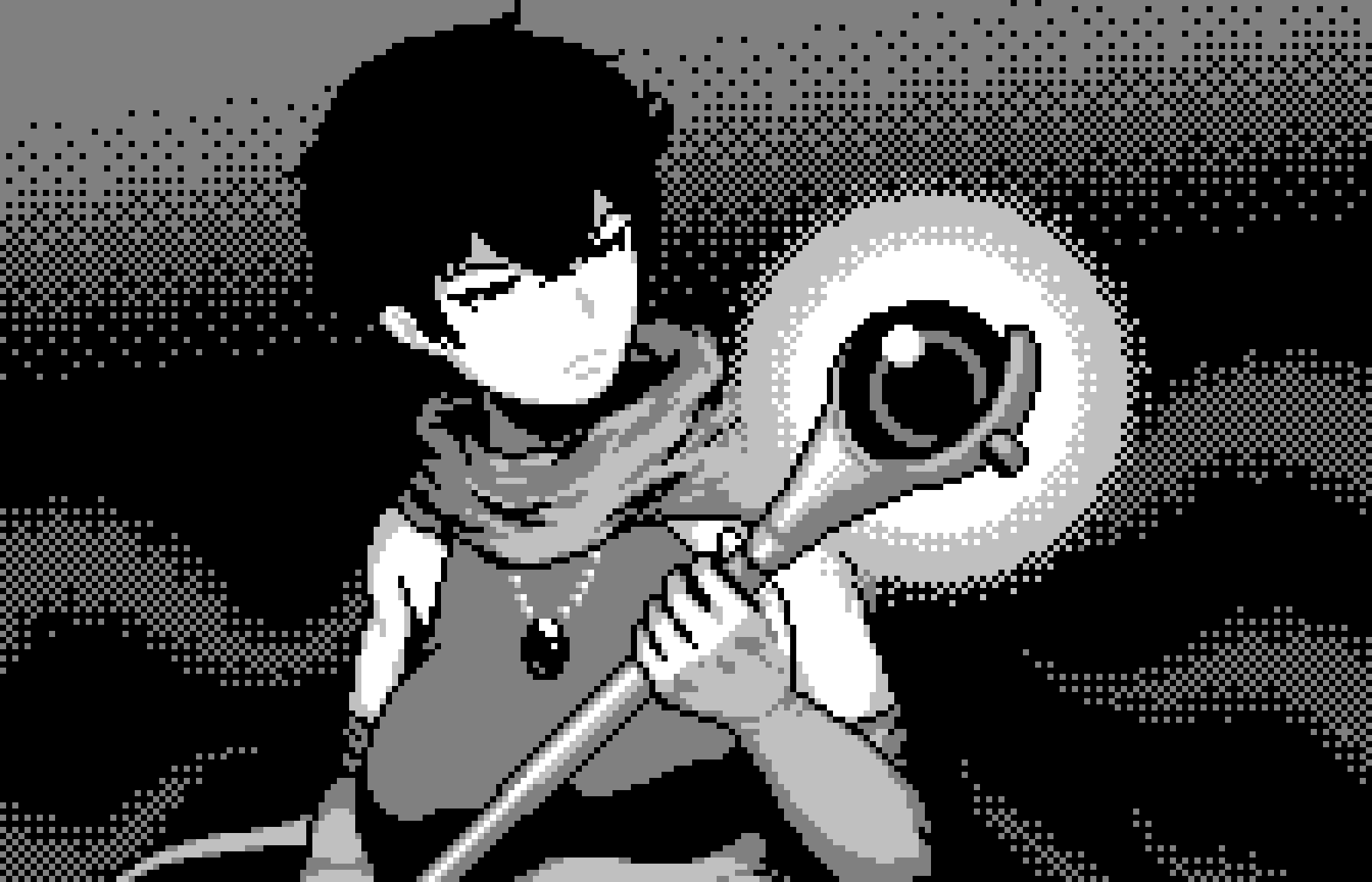
Beware Spoilers!
Now then, here are just a few of the wild things going on in Void Stranger:
You can quit and reload the game to avoid losing lives. What is it going to do? Put you on trial? 🤔
Your wand is just one way to interact with the world. Other methods exist.
The further you dig, the more puzzles you’ll find. Hope you like nonograms.
There are 256 floors in the Void, not counting secret paths... or other universes.
Reality is malleable in the Void. What is a UI but another set of tiled sprites?
There is an abyss below even the Void, with its own inhabitants. Listen carefully and it may reveal its secrets.
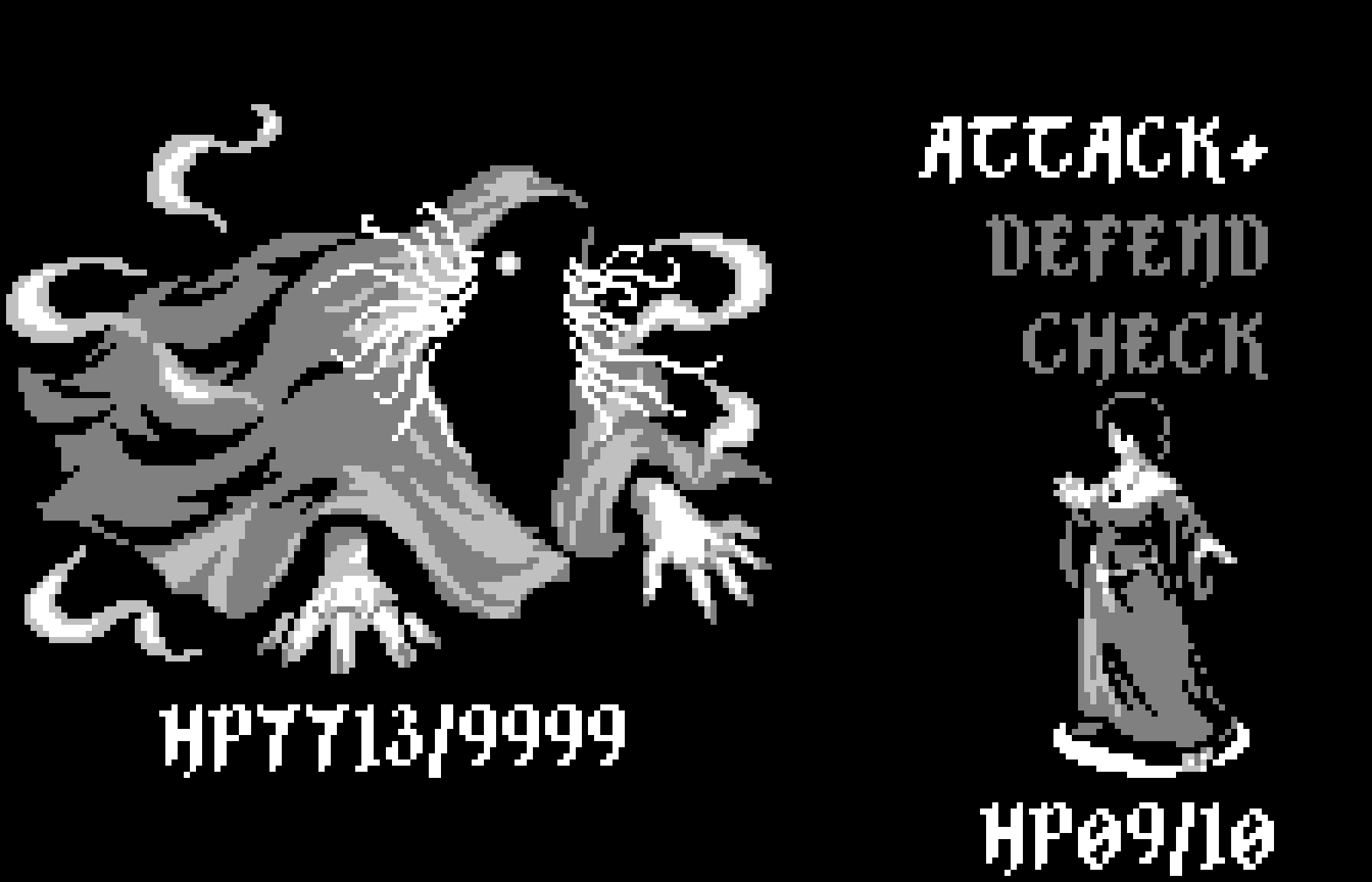
Spoilers end
At this point I have no idea just how vast Void Stranger is. My only clue is one Steam user review from someone who scored a pre-release copy. They casually mention that after over 50 hours of puzzling and exploration, they think they’ve seen the ending, but they’re still not quite sure.
I'm generally awful at puzzle games, so I've made peace with the fact that I’ll likely never crack all of Void Stranger’s secrets by myself. But the process so far has been so maddeningly, frustratingly compelling that I’m still going to give it a try.
Whether I crack this nut or end up watching more puzzle-attuned friends stream their way to the finale, I recommend Void Stranger to anyone interested in puzzle games. Just be warned that while things start off gently, this game has teeth.
For those willing to get lost with me in the Void, here’s a couple tips to help cut frustrations off at the pass:
- Void Stranger is HARD, but you’re equipped to solve any given puzzle.
- There is no Undo button. Plan your moves carefully, then execute.
- You will not see everything on your first playthrough.
- Rest at the Birch trees when you can.
- To the best of my knowledge, you cannot permanently miss anything.
- If something seems like a devil’s deal, it probably is. But it’s worth taking it once and seeing where it leads.
- If a room feels like it serves some hidden purpose, it probably does.
- Any and all shenanigans are valid. This game will try to break you. It’s okay to break it a little in return. Just don’t be surprised if it notices.
- Take notes and screenshots. You’ll thank your past self.
And one final tip: If you think you’ve seen it all, you probably haven’t.

The product of a wasted youth, wasted prime and getting into wasted middle age, Dominic Tarason is a freelance writer, occasional indie PR guy and professional techno-hermit seen in many strange corners of the internet and seldom in reality. Based deep in the Welsh hinterlands where no food delivery dares to go, videogames provide a gritty, realistic escape from the idyllic views and fresh country air. If you're looking for something new and potentially very weird to play, feel free to poke him on Bluesky. He's almost sociable, most of the time.

